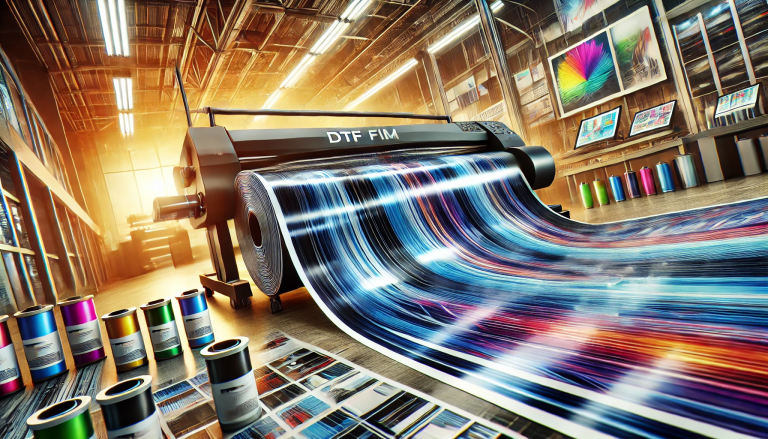The advent of Polyethylene Terephthalate (PET) Transfer Film has marked a revolutionary milestone in the realms of printing and packaging. This innovative material, renowned for its exceptional clarity, strength, and versatility, has become indispensable across various industries. Its unique properties not only enhance the quality of the final product but also contribute to environmental sustainability. This article delves into the multifaceted advantages of PET Transfer Film, its applications, and the transformative impact it has on the printing and packaging sectors.
PET Transfer Film, a type of polyester film made from Polyethylene Terephthalate, is celebrated for its high tensile strength, dimensional stability, and excellent resistance to moisture and various chemicals. These characteristics make it an ideal substrate for various printing and packaging applications. The film is particularly favored in the digital printing industry, where it serves as a carrier for transferring designs onto textiles, ceramics, and other substrates. Its high thermal resistance ensures that the film can withstand the heat of transfer presses, making it a reliable choice for high-quality print transfers.
One of the most significant advantages of PET Transfer Film is its contribution to enhancing print quality. The film’s smooth surface allows for the precise deposition of inks and dyes, resulting in vivid and sharp images. This is particularly beneficial in the fashion and home decor industries, where high-resolution prints and intricate designs are in demand. Moreover, the durability of PET Transfer Film ensures that the transferred images are long-lasting, resistant to fading, and can endure washing and handling, which is essential for textile applications.
In addition to its superior printing qualities, PET Transfer Film plays a crucial role in sustainable packaging solutions. Its recyclability stands out as a key environmental benefit, addressing the growing concerns over plastic waste. Unlike other plastics that are difficult to recycle and often end up in landfills, PET can be efficiently recycled, reducing the environmental footprint of packaging products. Furthermore, the lightweight nature of PET Transfer Film contributes to lowering transportation costs and emissions, further enhancing its eco-friendliness.
The applications of PET Transfer Film extend beyond printing and packaging. It is also used in the production of solar panels, where its transparency and durability are crucial for protecting photovoltaic cells. In the electronics industry, PET films are employed as insulating materials in screens and keyboards, owing to their excellent electrical insulation properties. These diverse applications underscore the versatility of PET Transfer Film and its importance across different sectors.
The transformative impact of PET Transfer Film on the printing and packaging industries is undeniable. It has not only improved the quality and durability of printed materials but has also paved the way for more sustainable packaging practices. The adoption of PET Transfer Film is a testament to the industry’s commitment to innovation and environmental responsibility. As technology advances, we can expect further enhancements in the properties and applications of PET Transfer Film, continuing to revolutionize these industries.
In conclusion, PET Transfer Film represents a pivotal development in the printing and packaging sectors. Its remarkable properties, including strength, clarity, and resistance to various environmental factors, make it an invaluable resource. The film’s versatility enables a wide range of applications, from high-quality print transfers to sustainable packaging solutions. As industries continue to seek environmentally friendly and efficient materials, PET Transfer Film stands out as a beacon of innovation and sustainability. Its ongoing evolution and adoption are set to shape the future of printing, packaging, and beyond, heralding a new era of quality and environmental consciousness.




